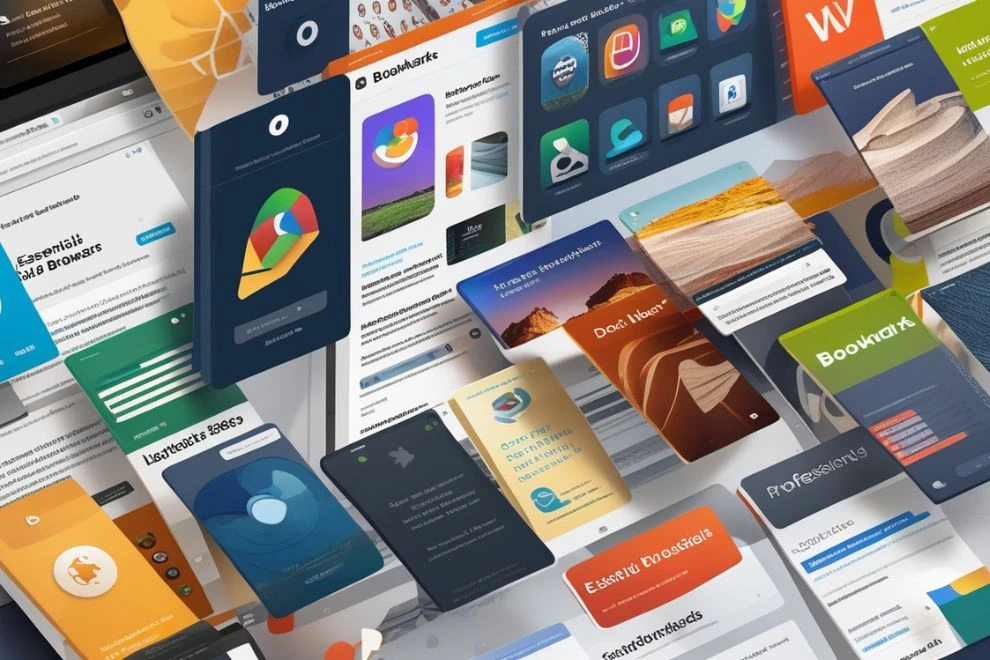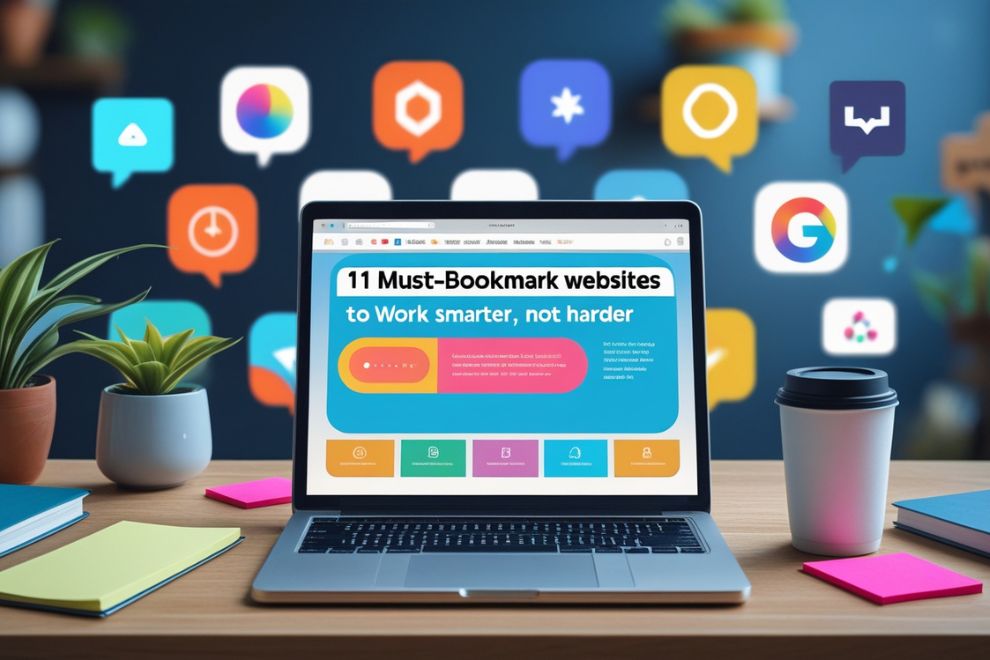Amazon is a competitive marketplace, and staying ahead requires a strategic approach. With the right Amazon Marketing Strategy, sellers can maximize sales, improve visibility, and dominate their niche. In this blog, we will explore 10 proven Amazon Marketing Strategy for success in 2025. 1. Optimize Product Listings for Higher Visibility One of the most essential Amazon Marketing Strategy is optimizing product listings. Ensure your title, bullet points, and description include relevant keywords. High-quality images and engaging product descriptions help convert visitors into buyers. 2. Leverage Amazon SEO for Organic Ranking Amazon’s A9 algorithm determines search rankings. To improve visibility, incorporate high-ranking keywords in your content, use backend search terms, and encourage customer reviews. Consistently updating content ensures better ranking and higher traffic. 3. Utilize Amazon PPC Advertising Pay-per-click (PPC) advertising is a crucial Amazon Marketing Strategy. Running Sponsored Products, Sponsored Brands, and Sponsored Display ads helps increase product visibility. Targeting the right keywords and optimizing ad campaigns lead to higher conversions and profitability. 4. Engage in Amazon FBA (Fulfillment by Amazon) Fulfillment by Amazon (FBA) enhances customer experience by offering fast shipping and better customer service. Products listed under FBA often get better rankings and have a higher chance of winning the Buy Box. 5. Win the Amazon Buy Box Winning the Buy Box is essential for increased sales. Competitive pricing, maintaining stock levels, using FBA, and keeping high seller ratings help in securing the Buy Box. This Amazon Marketing Strategy boosts sales significantly. 6. Leverage Amazon A+ Content and Brand Registry Amazon A+ Content allows brand-registered sellers to enhance their product descriptions with images, videos, and comparison charts. This Amazon Marketing Strategy builds trust and improves conversions by providing customers with a better shopping experience. 7. Drive External Traffic to Amazon Listings To gain an edge over competitors, drive traffic from external sources like Google Ads, social media, and email marketing. External traffic signals boost product rankings, increasing sales potential on Amazon. 8. Utilize Amazon Influencer Marketing Collaborating with influencers to promote products is a game-changer. Amazon’s Influencer Program connects brands with influencers, helping them reach a broader audience and increase trust among potential buyers. 9. Leverage Amazon Promotions and Coupons Running promotions, lightning deals, and offering coupons can significantly boost sales. This Amazon Marketing Strategy helps in attracting price-sensitive customers and improving conversion rates. 10. Analyze Data and Optimize Strategies Successful sellers continuously analyze performance data using Amazon Seller Central and third-party analytics tools. Monitoring metrics like conversion rates, CTR, and ACOS helps in refining Amazon Marketing Strategies for maximum profitability. Strategies for Success in 2025 Implementing these 10 Amazon Marketing Strategies will help sellers stay ahead in 2025. By optimizing listings, leveraging PPC, driving external traffic, and analyzing data, sellers can achieve long-term success on Amazon. To remain competitive, sellers should regularly update their marketing approaches, embrace new technologies, and keep track of Amazon’s evolving policies. Investing in automation tools, AI-driven analytics, and machine learning can provide deeper insights and enhance performance. Additionally, fostering strong customer relationships through prompt responses and excellent service will build brand loyalty. Staying proactive, testing new marketing techniques, and adapting to emerging trends will ensure Why Learning Marketing is a Must in Today’s World Marketing is an essential skill in the modern world, whether you are an entrepreneur, a business professional, or even a student. It is no longer limited to just selling products; it plays a crucial role in brand building, customer engagement, and business growth. With the rise of digital platforms, businesses and individuals must understand marketing strategies to stay competitive and relevant. One of the key reasons learning marketing is a must is the shift towards a digital economy. Today, consumers spend most of their time online, making digital marketing a dominant force. Whether it’s social media, search engines, or email marketing, understanding how to engage with customers effectively can make or break a business. Companies that leverage digital marketing strategies gain an advantage over competitors, as they can reach their audience in a targeted and cost-effective manner. Another important aspect is brand building. Businesses today are not just selling products; they are creating experiences. A strong brand presence builds trust and loyalty, which leads to long-term success. Marketing helps shape a brand’s image and establishes its credibility in the market. Without proper marketing, even the best products or services may go unnoticed. Moreover, learning marketing equips individuals with the skills needed to communicate effectively. Whether you are trying to promote a business, a personal brand, or an idea, knowing how to craft compelling messages is crucial. Marketing teaches storytelling techniques, consumer psychology, and content creation, all of which help in persuading and engaging an audience. Marketing is also important for career growth. Many employers today look for candidates with marketing knowledge, even in non-marketing roles. Skills like market research, social media management, and SEO are valuable across different industries. Professionals who understand marketing can contribute to business development, customer acquisition, and brand awareness, making them highly sought-after employees. Additionally, marketing knowledge is beneficial for entrepreneurs and small business owners. It enables them to promote their business without relying heavily on expensive advertising agencies. By mastering digital marketing, they can create cost-effective campaigns, generate leads, and drive sales without breaking the bank. Marketing is a must-have skill in today’s fast-paced world. It helps businesses grow, enhances career opportunities, and allows individuals to build strong personal brands. Whether you are a business owner, a professional, or a student, investing time in learning marketing will provide long-term benefits and open doors to countless opportunities.









